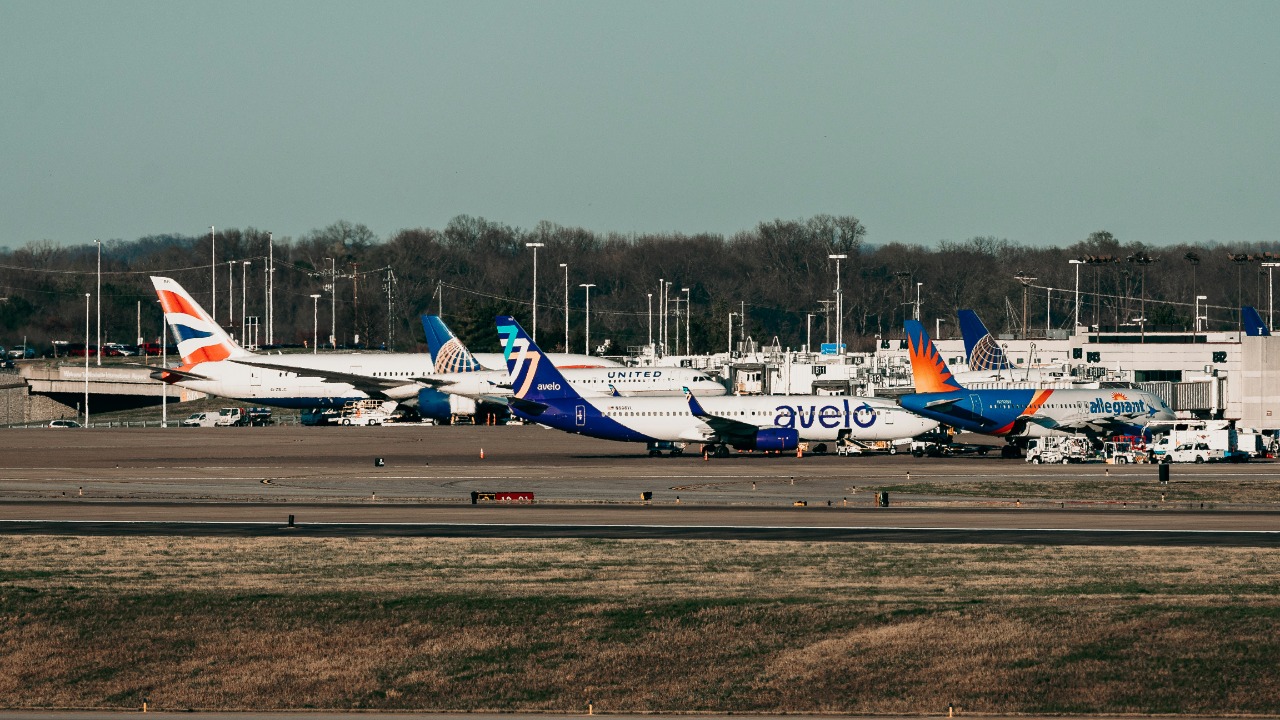
On June 12, 2025, an Air India Boeing 787 Dreamliner operating as flight AI-171 tragically crashed in Ahmedabad, raising concerns about the operational lifespan of aircraft under the Tata Group’s ownership. This incident has intensified scrutiny on the longevity and safety of Boeing passenger planes, which depend heavily on factors such as maintenance, usage, and regulatory compliance. Understanding these elements is essential for evaluating the durability and safety of commercial aircraft fleets.
Factors Influencing Aircraft Lifespan
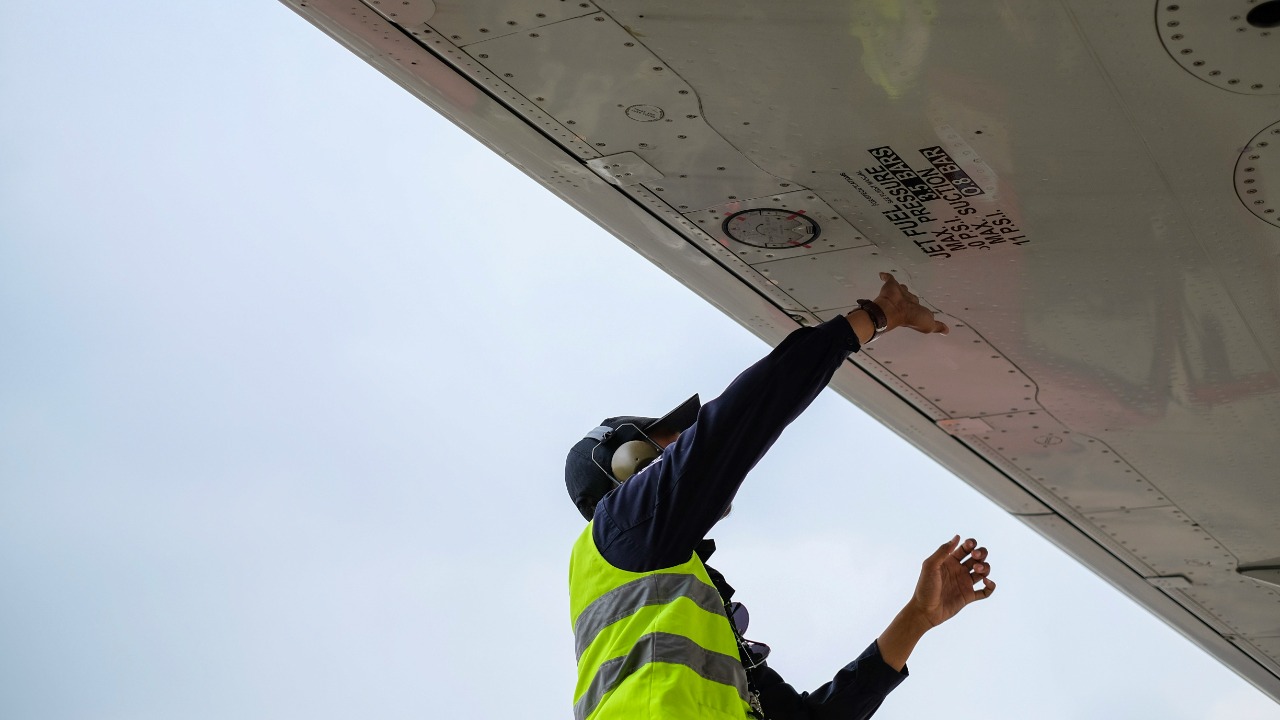
The lifespan of an aircraft is significantly influenced by its structural integrity and the fatigue it experiences over time. Repeated flight cycles, which include pressurization and landings, contribute to the wear and tear of an airplane. These cycles can lead to metal fatigue, a critical factor in determining how long an aircraft can safely remain in service. According to Simple Flying, the physical limits of an aircraft are often dictated by the number of flight cycles it can endure before structural integrity is compromised.
Economic considerations also play a crucial role in determining when an airline might retire a plane. Operational costs, such as fuel efficiency and maintenance expenses, can lead airlines to phase out older models in favor of newer, more cost-effective aircraft. Market demand for newer models with advanced features can also influence these decisions, as airlines strive to remain competitive. Regulatory standards from bodies like the FAA further impact aircraft lifespan by mandating regular inspections and maintenance to ensure safety and extend usage beyond initial design life.
Average Lifespan of Boeing Models
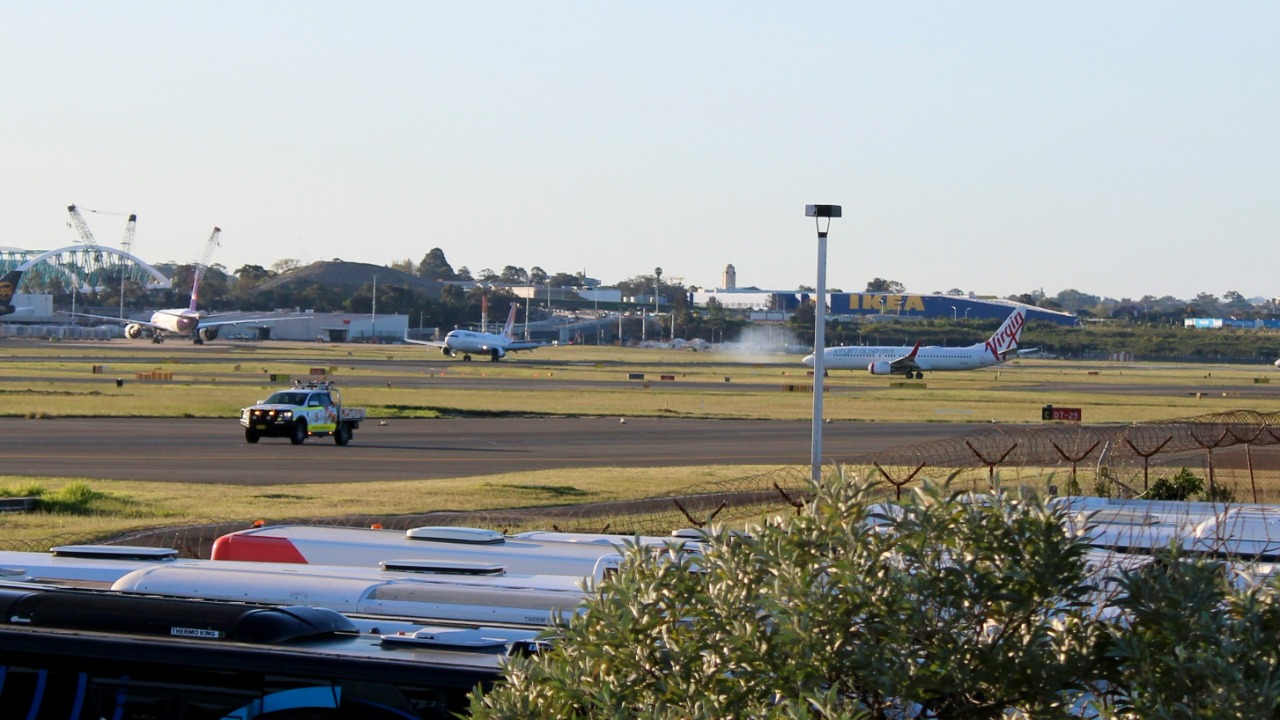
Boeing’s narrow-body planes, such as the 737, typically have a service life of 25 to 30 years, according to industry data from major carriers. This lifespan is based on the aircraft’s ability to withstand a certain number of flight cycles and the effectiveness of maintenance practices. Wide-body models like the 787 Dreamliner are designed for up to 44,000 flight cycles or more than 30 years, provided they receive proper maintenance. The use of advanced materials and technology in these models contributes to their extended service life.
Variations in lifespan across Boeing’s fleet are evident when comparing older models like the 707, which had shorter operational spans due to less advanced technology and materials. As aviation technology evolves, newer models are built to last longer and perform more efficiently, reflecting the industry’s ongoing commitment to safety and innovation. These advancements highlight the importance of continuous investment in research and development to enhance aircraft longevity.
Maintenance Practices for Longevity
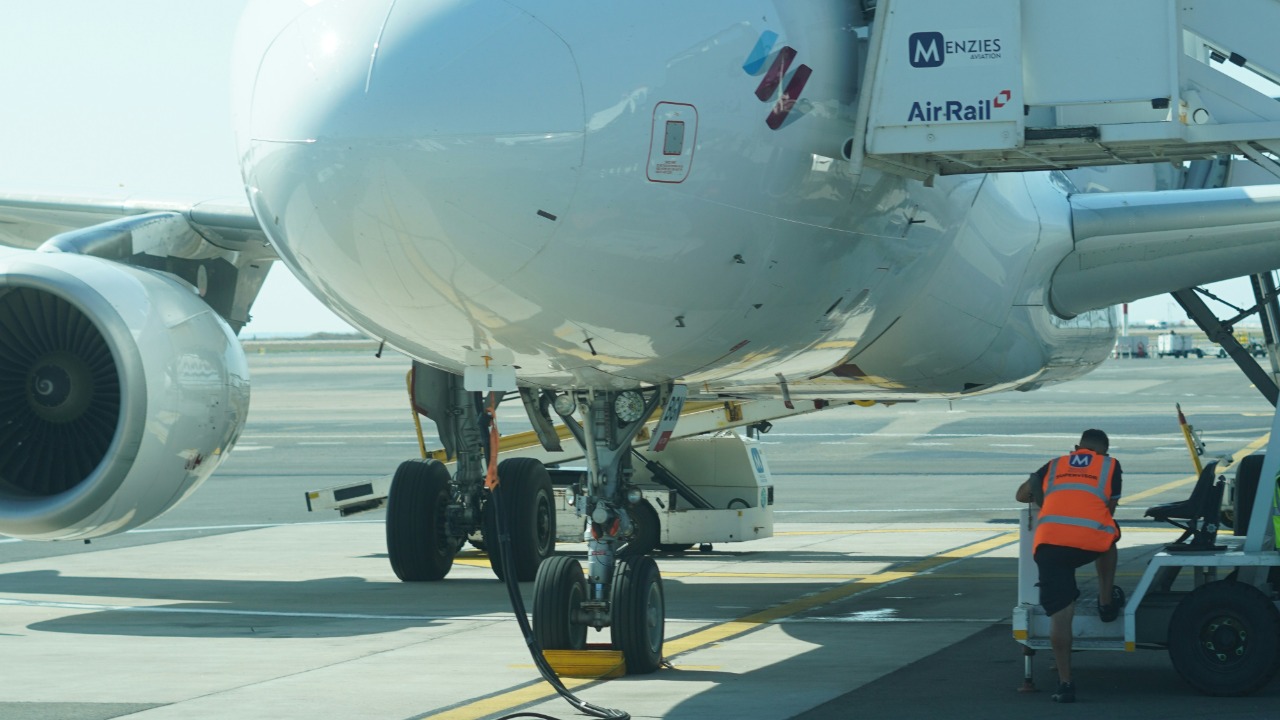
Routine maintenance checks and overhauls are essential for extending the lifespan of aircraft beyond the typical 30 years. These practices include corrosion prevention, component replacements, and regular inspections to ensure all parts are functioning correctly. Airlines employ specific strategies to maintain their fleets, which can significantly influence how long a Boeing plane remains in service. For instance, Air India’s maintenance practices under the Tata Group are crucial in determining the operational lifespan of their aircraft.
Effective maintenance not only ensures safety but also enhances the economic viability of operating older aircraft. By investing in comprehensive maintenance programs, airlines can maximize the return on investment from their fleets while maintaining high safety standards. This approach underscores the critical role of maintenance in the aviation industry, where safety and efficiency are paramount.
Case Study: The Boeing 787 Dreamliner
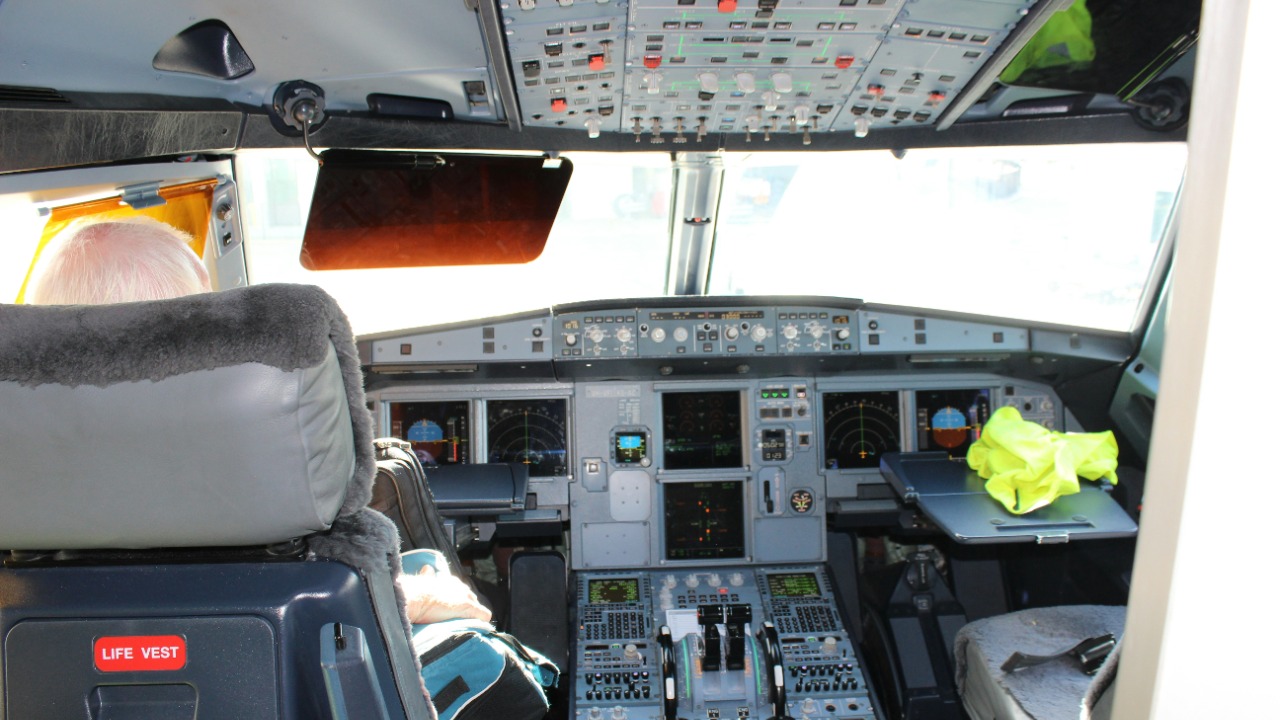
The Boeing 787 Dreamliner is designed with features that promote an extended lifespan, including the use of composite materials that reduce weight and fatigue compared to traditional aluminum builds. These materials contribute to the aircraft’s ability to withstand more flight cycles, enhancing its durability and performance. However, the recent crash of Air India flight AI-171 in Ahmedabad has raised questions about potential age-related factors affecting even relatively new models like the 787 Dreamliner.
Investigations into the crash are focusing on the plane’s service history under Tata Group management to assess whether maintenance practices aligned with lifespan expectations. This scrutiny highlights the importance of adhering to rigorous maintenance schedules and regulatory standards to ensure the safety and longevity of aircraft. As the aviation industry continues to evolve, the lessons learned from such incidents are vital for improving safety protocols and maintenance practices.
In conclusion, the average lifespan of a Boeing passenger plane is influenced by a combination of structural, economic, and regulatory factors. While models like the 787 Dreamliner are designed for extended service, the recent Air India crash underscores the need for diligent maintenance and adherence to safety standards. As airlines navigate these challenges, the focus remains on ensuring the safety and reliability of their fleets for years to come.